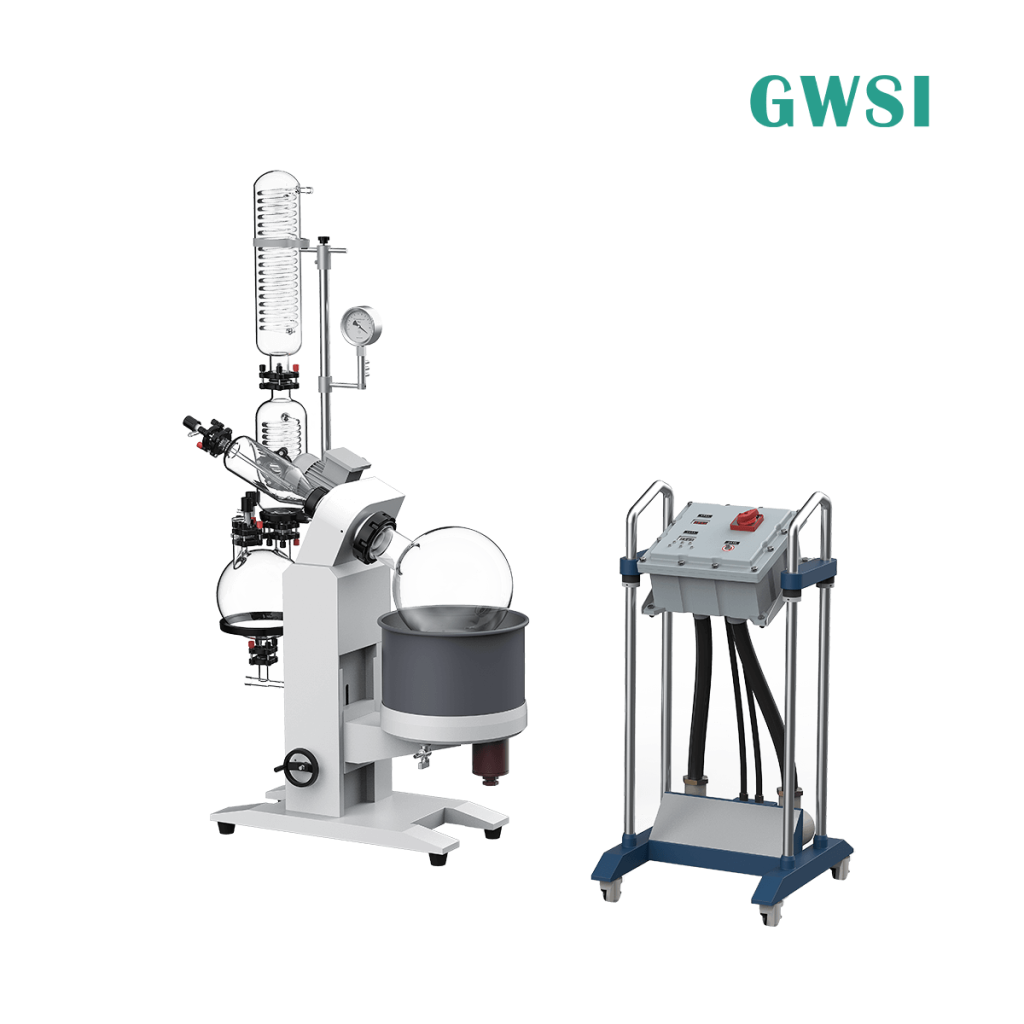How to Optimize Reaction Conditions Using Modern Glass Reactors
Optimizing reaction conditions using modern glass reactors involves a strategic approach that maximizes efficiency, safety, and yield. Glass reactors offer precise control over temperature, pressure, and mixing, making them ideal for fine-tuning chemical reactions. The first step in optimization is to understand the chemical kinetics and thermodynamics of the reaction. By analyzing these parameters, one can identify the ideal temperature and pressure settings that enhance reaction rates while minimizing side products. Glass reactors provide uniform heating and cooling, allowing precise temperature control, which is crucial for maintaining reaction stability and consistency. Another critical factor is the choice of solvents and reagents. Selecting appropriate solvents can influence reaction rates, selectivity, and product purity. Glass reactors are compatible with a wide range of chemical reagents and solvents, ensuring that the chosen combination does not react with the vessel itself. This compatibility also allows for easy monitoring and sampling, enabling real-time analysis and adjustments. Careful consideration of reagent ratios and solvent polarity can significantly improve yield and minimize waste, contributing to a more sustainable process.

Mixing efficiency is another vital aspect of optimizing reaction conditions. Proper mixing ensures homogeneous reactant distribution, leading to consistent reaction rates and preventing hot spots that could lead to degradation or unwanted side reactions. Modern Gwsi glass reactors are equipped with adjustable stirrers and baffles, allowing the user to control mixing speed and pattern. By experimenting with different stirring rates and impeller designs, chemists can achieve optimal mixing conditions tailored to specific reactions. This flexibility enhances process reproducibility and scalability. Pressure control is equally important for optimizing reactions, especially in gas-liquid or high-temperature reactions. Glass reactors with pressure regulation features allow for safe and accurate control of pressure conditions. This capability is particularly beneficial for reactions that require high-pressure environments to increase solubility or reaction rates. Additionally, maintaining precise pressure control reduces the risk of accidents and ensures consistent product quality. Safety valves and pressure sensors integrated into modern glass reactors further enhance operational safety.
Reaction time is a crucial parameter that influences yield and efficiency. Shorter reaction times can improve productivity but may compromise product quality if not carefully controlled. Glass reactors allow continuous monitoring and sampling, enabling chemists to determine the optimal reaction time for maximum yield and purity. Real-time data collection also facilitates kinetic studies, which provide valuable insights into reaction mechanisms and help optimize reaction times more effectively. Scalability is an essential consideration in reaction optimization. The versatility of modern glass reactors allows seamless scaling from laboratory to pilot plant and industrial production. This scalability is achieved by maintaining consistent mixing, temperature, and pressure conditions across different reactor sizes. By fine-tuning reaction parameters in smaller reactors, researchers can confidently scale up the process without compromising yield or quality. This adaptability makes glass reactors indispensable tools for developing efficient and cost-effective chemical manufacturing processes.
